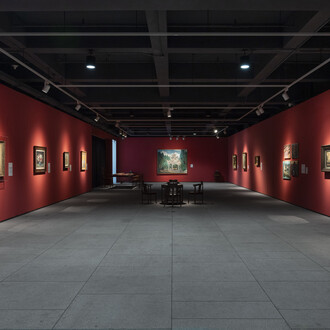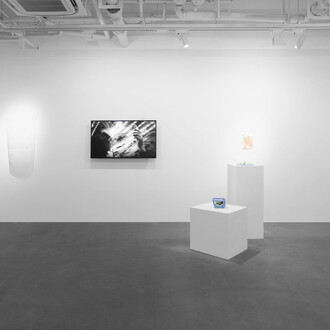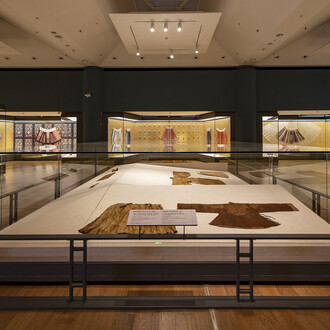From September 26, 2018 to February 14, 2019, the Long Museum (West Bund) will present the exhibition "Guqin of Tang- and Song Dynasty and Art Works on Elegant Pursuits of the Literati from the Long Collection". Three compelling Guqin of Tang- and Song dynasty, blue and white cups of the twelve flower goddesses of Kangxi region , Qing dynasty, and other exquisite pieces from the Long collection will meet the audience for the first time.
Gu qin (ancient zither) is a Chinese musical instrument as well as the cultural figure. Although playing Guqin by fingers, it means by melody. Listening the sound of ancient is not only with ears, but also with heart. The highest level of appreciating music proves to break through tangible presence, reaching the harmony between man and nature.
As one of the earliest plucked instruments in China, Guqin is invested with profound Chinese traditional cultural connotations and aesthetic ideology. Guqin starts from a musical instrument for learning, then turns into a symbol of noble status and sentiment, and finally develops into an elegant instrument of literati. We trace back to the history of Guqin, from Boya and Ziqi of the Spring and Autumn warring States period whose story exemplifies the Chinese ideal of friendship of “Zhiyin” (literally "to know the tone"), then to the Seven Sages of the Bamboo Grove of Wei Jin and the Northern and Southern dynasties who devote their life to Guqin and develop spiritual conversations with each other, and to the literati of Song- and Yuan dynasty who arose and fall in the official circles and calm the inner disquiet with Guqin.
Guqin was brewed in the long history and became the instrument that best reflects Chinese classical culture. This exhibition will be divided into three sections: “Qin featured by tong wood and silk”, “Appreciation of Qin”, and “Harmony between heaven and man”. Nearly 40 pieces of works are on display. In addition to the exhibiting Guqin of Tang- and Song dynasty from the Long collection, the poetic history and aesthetic image of Guqin are analyzed by means of paintings, poems, allusions and materials of Qin theories related to Guqin and literati subjects.
Since ancient times, Qin and tea share the same charm,tea and zen have something in common in the pursuit of a spiritual realm. The exhibition also selects the art works with tea, flowers and incense which relate to “Four arts” of the Chinese scholar and literati gathering. In this way, we could catch a glimpse into the spiritual life of traditional scholars.
The Chinese traditional culture is vast and profound, of long standing and well established. Several related modern and contemporary art works are also included in this exhibition. By combining the traditional and modern art and bridging the gap of the time and space, we hope to give the viewers a new feeling.
















